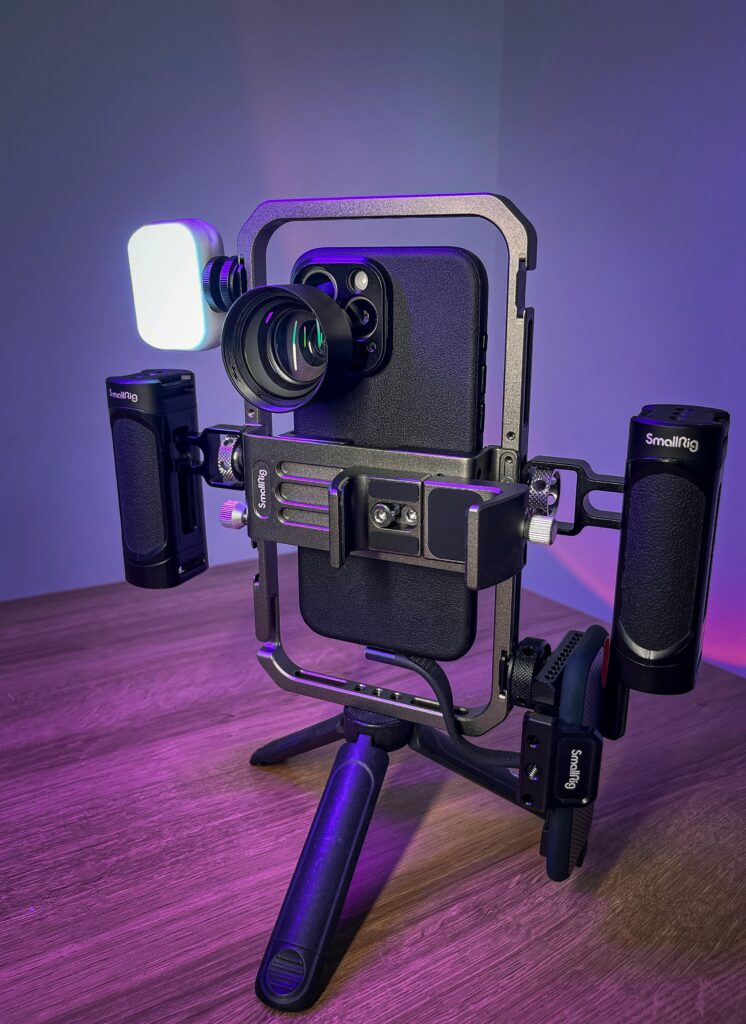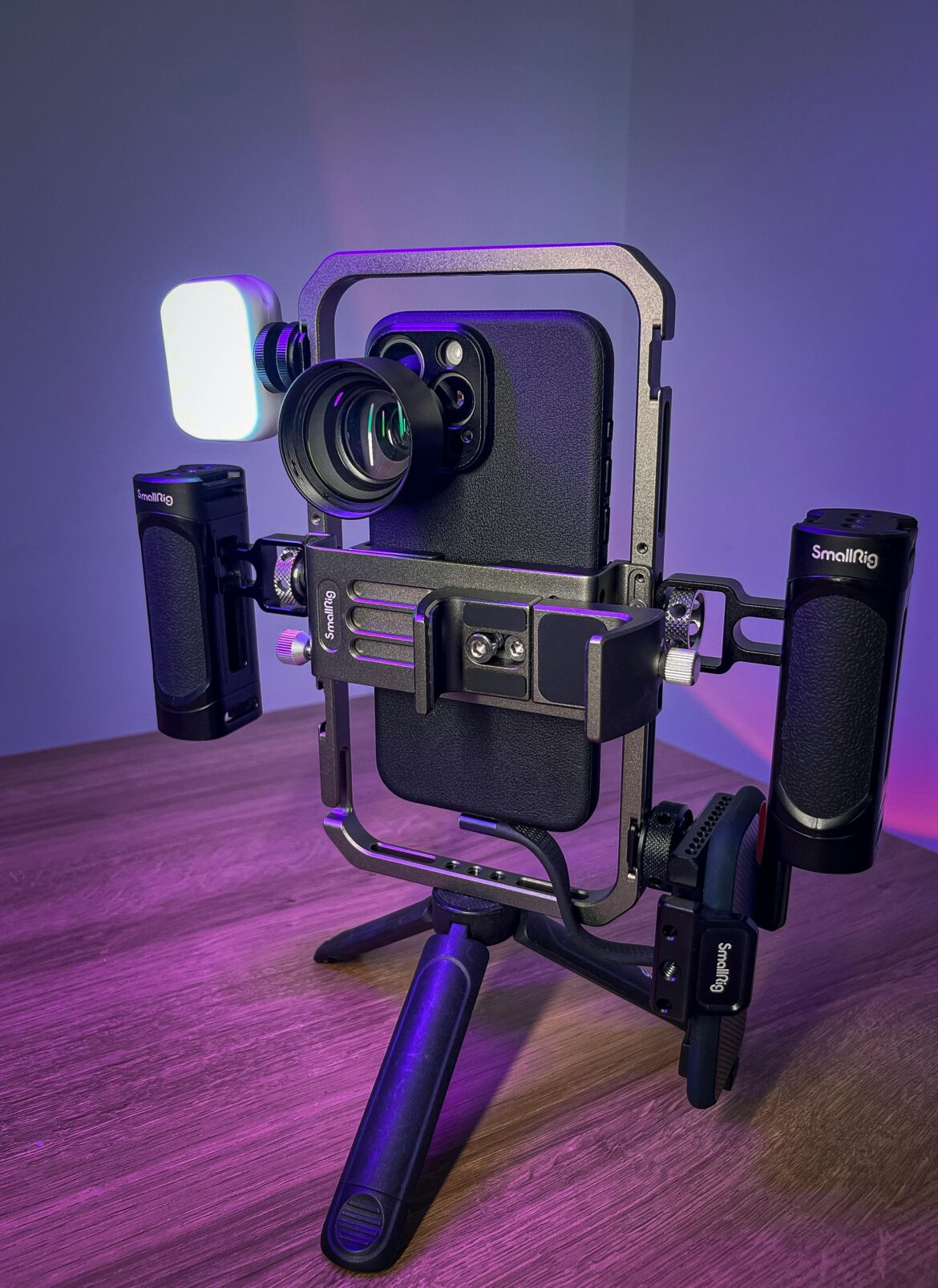
The smartphone industry is evolving at a rapid pace, and 2025 has set a new benchmark for innovation. From AI-powered features and enhanced camera systems to ultra-fast charging and sustainable builds, the latest devices are designed to meet the needs of every kind of user. Whether you are searching for the best smartphones 2025, the best 5G phones, or the ultimate camera phone 2025, the choices are more exciting than ever.
In this blog, we’ll explore the top smartphones of 2025, their standout features, pros and cons, and how they compare in real-world use. By the end, you’ll know which device suits your lifestyle, whether you’re a gamer, photographer, business professional, or budget-conscious buyer.
What Defines the Best Smartphone in 2025?
The definition of a great smartphone has shifted. Today, it is not just about speed or megapixels but a balanced package of AI performance, design, battery efficiency, and long-term software support. Let’s break down the key elements:
- AI Features: AI now powers everything — from predictive text and voice assistants to camera optimisation and battery management. A phone with on-device AI saves time and enhances productivity.
- Cameras: The race for megapixels is over; instead, manufacturers focus on sensor size, periscope zoom, night photography, and computational photography.
- Display: OLED and AMOLED panels with 120Hz–144Hz refresh rates offer fluid visuals, perfect for gamers and binge-watchers.
- Battery & Charging: With 5000mAh+ batteries and fast charging (65W–120W), all-day use is now standard. Wireless charging and reverse charging are also mainstream.
- Durability: Foldables, eco-friendly builds, and IP68 ratings ensure resilience against daily wear and tear.
- Software Updates: Extended support of 5–7 years for OS and security patches means a phone is no longer outdated in 2 years.
Top Smartphones of 2025
1. Samsung Galaxy S25 Ultra
The Samsung Galaxy S25 Ultra is one of the best flagship phones 2025 has to offer. It redefines premium Android devices with a refined design and quad-camera system capable of 200MP photography.
| Category | Details |
| Features | – 200MP main sensor with 10x optical zoom
– 6.9-inch AMOLED 144Hz adaptive display – Snapdragon Elite Gen 4 chip – 5500mAh battery with 65W wired charging |
| Pros | – Incredible camera versatility
– Long-lasting battery – Premium design and durability |
| Cons | – Extremely expensive
– Large and slightly heavy |
2. Apple iPhone 16 Pro Max
The iPhone 16 Pro Max continues Apple’s dominance in the premium segment. Powered by the A18 Bionic chip and iOS 18, it offers unmatched ecosystem integration.
| Category | Details |
| Features | – Advanced AI camera with enhanced low-light
– 6.8-inch OLED ProMotion display – A18 Bionic chip for performance and efficiency – 7 years of software updates |
| Pros | – Best video recording and editing tools
– Smooth integration with Apple ecosystem – Excellent resale value |
| Cons | – Expensive compared to competitors
– Limited customisation for Android users |
3. Google Pixel 10 Pro
The Google Pixel 10 Pro is a photography beast and the leader in AI smartphone features. Its clean Android experience and exclusive AI tools make it stand out.
| Category | Details |
| Features | – Tensor G4 processor optimised for AI
– 50MP dual camera with computational photography – On-device AI assistant for productivity – 6.7-inch AMOLED 120Hz display |
| Pros | – Best in class AI integration
– Regular updates directly from Google – Outstanding photography |
| Cons | – Slower charging compared to rivals
– Build not as premium as Samsung or Apple |
4. OnePlus 13
The OnePlus 13 has become a top pick for those who want flagship performance at a slightly lower price. Its fabric back design and powerful Snapdragon processor make it stylish yet practical.
| Category | Details |
| Features | – Snapdragon Elite chipset with liquid cooling
– 6.8-inch AMOLED display with 144Hz refresh rate – 5200mAh battery with 100W fast charging |
| Pros | – More affordable than Apple and Samsung flagships
– Excellent display for gaming and multimedia – Long-lasting battery life |
| Cons | – Camera performance lags behind Pixel and Samsung
– Software update policy shorter than Google and Apple |
5. Fairphone 6
For eco-conscious buyers, the Fairphone 6 is a revolutionary choice. Built with sustainable and repairable parts, it’s not the most powerful but stands out for its values.
| Category | Details |
| Features | – Modular design with replaceable components
– Dual camera with 50MP sensor – Decent mid-range performance – Runs Android 15 with regular updates |
| Pros | – Eco-friendly and repairable design
– Affordable for daily use – Encourages long-term ownership and sustainability |
| Cons | – Not suitable for heavy gaming or professional photography
– Performance is weaker compared to flagship models |
Choosing the Right Smartphone in 2025
Selecting the right smartphone in 2025 depends largely on your personal needs. From photography and gaming to sustainability and balanced performance, each user has different priorities that guide the perfect choice.
- For Photography → Pixel 10 Pro or Galaxy S25 Ultra
Both phones excel in photography, offering advanced sensors, periscope zoom, and AI-powered image processing, ensuring crystal-clear photos and videos even in low-light conditions.
- For Gaming and Performance → OnePlus 13 or Galaxy S25 Ultra
With powerful processors, 144Hz refresh rate displays, and efficient cooling systems, these devices handle heavy games and multitasking effortlessly without compromising speed or performance.
- For Apple Lovers → iPhone 16 Pro Max
Apple fans will appreciate the iPhone 16 Pro Max for its premium build, long-term iOS updates, and seamless ecosystem integration across iPads, Macs, and Apple Watches.
- For Sustainability → Fairphone 6
Fairphone 6 is designed with repairable components and sustainable materials, giving eco-conscious buyers a smartphone that balances everyday performance with environmental responsibility.
- For Balanced Use → Google Pixel 10 Pro
The Pixel 10 Pro offers reliable performance, an excellent camera, AI-driven productivity tools, and clean Android software, making it the ideal all-rounder for most users.
Pros and Cons of Smartphones in 2025
Smartphones in 2025 have reached an impressive balance of power, design, and intelligence, but they still come with trade-offs. While cutting-edge features like AI integration, high-end cameras, and ultra-fast charging make them indispensable, rising prices and growing complexity remind us that no device is perfect. Understanding both the advantages and limitations helps users make smarter choices before upgrading.
| Pros of Latest Smartphones (2025) | Cons of Latest Smartphones (2025) |
| 1. Powerful AI processors enable faster performance and on-device intelligence. | 1. Rising flagship prices make premium phones unaffordable for many users. |
| 2. Excellent camera systems with periscope zoom and advanced night photography. | 2. Phones are getting bulkier with larger screens and heavier builds. |
| 3. Ultra-fast charging up to 120W ensures a full charge in under 30 minutes. | 3. Battery health concerns due to frequent fast charging cycles. |
| 4. Extended software support of 5–7 years from brands like Apple, Samsung, and Google. | 4. Repair costs are high, especially for foldable or flagship devices. |
| 5. 5G and Wi-Fi 7 connectivity offer lightning-fast internet speeds. | 5. Overhyped features such as AI gimmicks that add little real value. |
| 6. High refresh rate displays (120Hz–144Hz) make gaming and streaming smoother. | 6. Fragility of foldable screens, which remain prone to damage. |
| 7. Better durability with IP68 water/dust resistance and Gorilla Glass Victus. | 7. Shorter update cycles in mid-range and budget phones compared to flagships. |
| 8. Eco-friendly builds using recycled materials and sustainable components. | 8. Limited battery replacement options despite sustainability claims. |
| 9. Improved security features like advanced face recognition and under-display fingerprint scanners. | 9. Regional restrictions on availability of certain models or features. |
| 10. AI-driven personalisation (predictive typing, photography, health monitoring). | 10. Increased dependency on AI, raising privacy and data security concerns. |
Final Thoughts
The best smartphones of 2025 are no longer just communication tools; they are powerful AI-driven companions. Whether you choose the Samsung Galaxy S25 Ultra for its unmatched camera, the iPhone 16 Pro Max for its premium build, the Google Pixel 10 Pro for AI features, or the Fairphone 6 for sustainability, there’s a perfect match for every type of user.
At NGXPTech, we believe that the best phone is not always the most expensive one — it’s the one that fits your needs, lifestyle, and budget.

